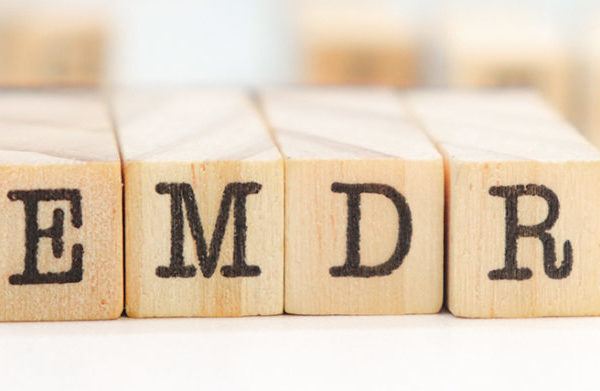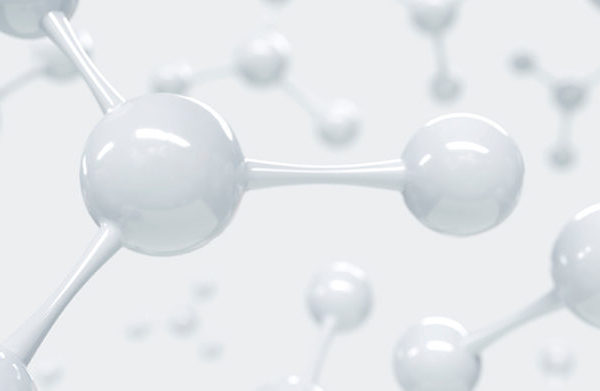
SHA Magazine Health & Beauty
Health 2.0: Biohacking to optimise our bodies
They are not hackers. Or not entirely. They are not biologists either. Or not entirely. Biohackers (those who practice the art of biohacking) are a mixture of all this.
Hannes Sjoblad, co-founder of the biohacker network Bionyfiken – a non-profit organisation that brings together biologists, hackers, body modification artists and others – defines biohacking as applying hacker ethics to biological systems. In other words, improving what biology and nature have given us through technological interventions in our bodies. For example, implanting an intelligent insulin monitoring system, a pacemaker or bionic eyes.
Let’s say that this would be a first level of intervention. Other practices experiment with placing identity cards in the epidermis, with magnets or with sex toys.
Biohackers have embarked on a mission similar to that of the computer hackers of the 1970s who opened computers to play and learn. But this time the object of experimentation is their own body. Many are even the guinea pigs for their own inventions.
The practice of biohacking has no clear origin. It is believed that the first experiments started in small houses turned into laboratories, where supposedly the term DiYBio originated. DiY stands for ‘Do it Yourself’ and ‘Bio’ is an abbreviation for Biology, – meaning something like ‘Do your own biology’. According to the DIYbio Organisation, currently there are registered biohacking labs in at least 21 countries, although they acknowledge that there may be many more unregistered ones.
Biohacking ideas are diverse, depending on the philosophical background of its practitioners. Some aim to improve human capabilities, others to extend life without disease, and there are those like Bryant Johnson who want to regain their 18-year-old vitality. Johnson is 45 years old and has spent two years and at least two million dollars on this mission.
In 2015, a group of researchers at Science for the Masses in California used Chlorin e6 (Ce6), a known anti-cancer therapy that, later on, was found to improve eyesight, to achieve 50-metre night vision without the use of glasses.
The idea is to always optimise human capacities. If we accept that the body is a machine, we have to accept that it can be improved or at least “upgraded.”
There is also an ethical debate behind biohacking, but, so far, there really are no legal limits to self-experimentation in the Declaration of Helsinki, the set of ethical principles established by the World Medical Association in 1964; nor are there any in the Nuremberg Code, a research ethics code established after World War II. In Spain, the law regulating these practices is the Law on Biomedical Research, which does not address the issue of the application of therapies on oneself either.
Many illustrious names are associated with biohacking, among them the English multimillionaire Richard Branson, or Tony Robbins who has implanted on himself software capable of ending the destruction of the body’s hardware. In short, it is a matter of introducing routines, changes in habits and some technological help to slow down the ageing and decay of the body. Some people just change their diet, others have hormone chips implanted under their skin and some experiment with homemade biogenetic engineering.
At SHA Wellness Clinic, a kind of healthy biohacking is practised to tackle bad nutrition habits and hack lifestyles of poor quality. An advanced diagnosis of the patient is performed which provides the information necessary to know which areas are worth hacking with new habits or intervention, always based on biomarkers, such as body composition or body mass index, telomere length, blood pressure, the number of heart beats, resting oxygen saturation, basal blood glucose levels, cholesterol, glycosylated haemoglobin or C-reactive protein.
SHA’s Well-ageing unit includes a genetic, cognitive stimulation, and energy health assessment that draws a personalised biological profile of the patient including almost 100 measurements of premature ageing, as well as a genetic profile with oxidative stress levels, the prescription of nutrition plans, supplements and physical exercise plans, as well as natural and medical therapies.
With this information, state-of-the-art technology and experienced professionals it seems that biology can be “hacked” to some extent.





